Introduction
Autism Spectrum Disorder (ASD) is a complex neurodevelopmental condition that presents a variety of challenges and strengths among those it touches. This diverse spectrum reflects the unique experiences and abilities of individuals with ASD, highlighting the need for personalized support. Early recognition and diagnosis are crucial, as they pave the way for specialized interventions that can make a significant difference in a child's developmental journey.
Groundbreaking research and the efforts of organizations like the IACC have shed light on the distinctive attention development trajectory in autistic children, emphasizing the importance of tailored interventions. Furthermore, advancements in predictive analytics and AI technologies have shown promise in anticipating behaviors and improving interventions. As we delve into the world of autism, we encounter inspiring stories of adaptation and resilience, underscoring the remarkable capacity of individuals with autism to adjust and thrive.
Efforts like the Kevin and Avonte Program and state Medicaid plans play a vital role in addressing specific challenges and providing care and services to the autism community. Understanding autism is an ongoing pursuit that requires collaboration between researchers, medical professionals, families, and individuals with ASD themselves. Together, we can navigate the complexities of autism, advocate for support, and ensure the well-being of those within the autism community.
What is Autism?
Autism Spectrum Disorder (ASD) is a complex neurodevelopmental condition that presents a variety of challenges and strengths among those it touches. Individuals with ASD may experience social communication difficulties, engage in repetitive behaviors, and interact with their surroundings in unique ways. This spectrum reflects a diverse set of experiences and abilities, confirming that the condition manifests differently in each person.
Early recognition of autism is critical, as it allows for the prompt initiation of specialized support. Diagnosing ASD involves a careful analysis by professionals, who utilize the DSM-5 criteria to ensure a comprehensive understanding of the individual's behavior and development. The insights of parents and caregivers are invaluable during this process.
Innovative research, like studies conducted by the University of Geneva, has demonstrated that the course of attention development in individuals with autism varies from that of their typically developing counterparts. These findings underscore the importance of early interventions tailored to foster social attention, thereby supporting children with ASD in their developmental journey.
Furthermore, the IACC's efforts to coordinate research and services for individuals with autism spectrum disorder showcase the commitment to advancing our understanding and support of the autism community. Significant strides have also been made in predictive analytics, as demonstrated by The Center for Discovery, where AI and machine learning are leveraged to anticipate behaviors and improve interventions.
Autism intervention research continues to evolve, focusing on evidence-based practices and considering the community's perspective on treatment goals and outcomes. The attention to potential risks, benefits, and conflicts of interest in studies is paramount to ensuring that interventions are both effective and safe.
As we delve into the realm of neurodiversity, we come across uplifting tales of adjustment and fortitude. People with autism often develop compensatory strategies to navigate a society not designed for them, showcasing their remarkable capacity to adjust. High functioning individuals, though not an official medical term, describes those who may have milder symptoms and possess higher intellectual abilities. These people still encounter obstacles, particularly in social spheres.
Efforts like the Kevin and Avonte Program highlight the dedication to addressing specific challenges, such as elopement, that can pose significant risks. State Medicaid plans also play a crucial role in providing care and services to the community affected by autism.
In summary, comprehending ASD is a continuous endeavor, enhanced by the combined endeavors of researchers, medical experts, families, and people with ASD themselves. It is a journey of discovery, advocacy, and, most importantly, support for the diverse experiences within the autism community.
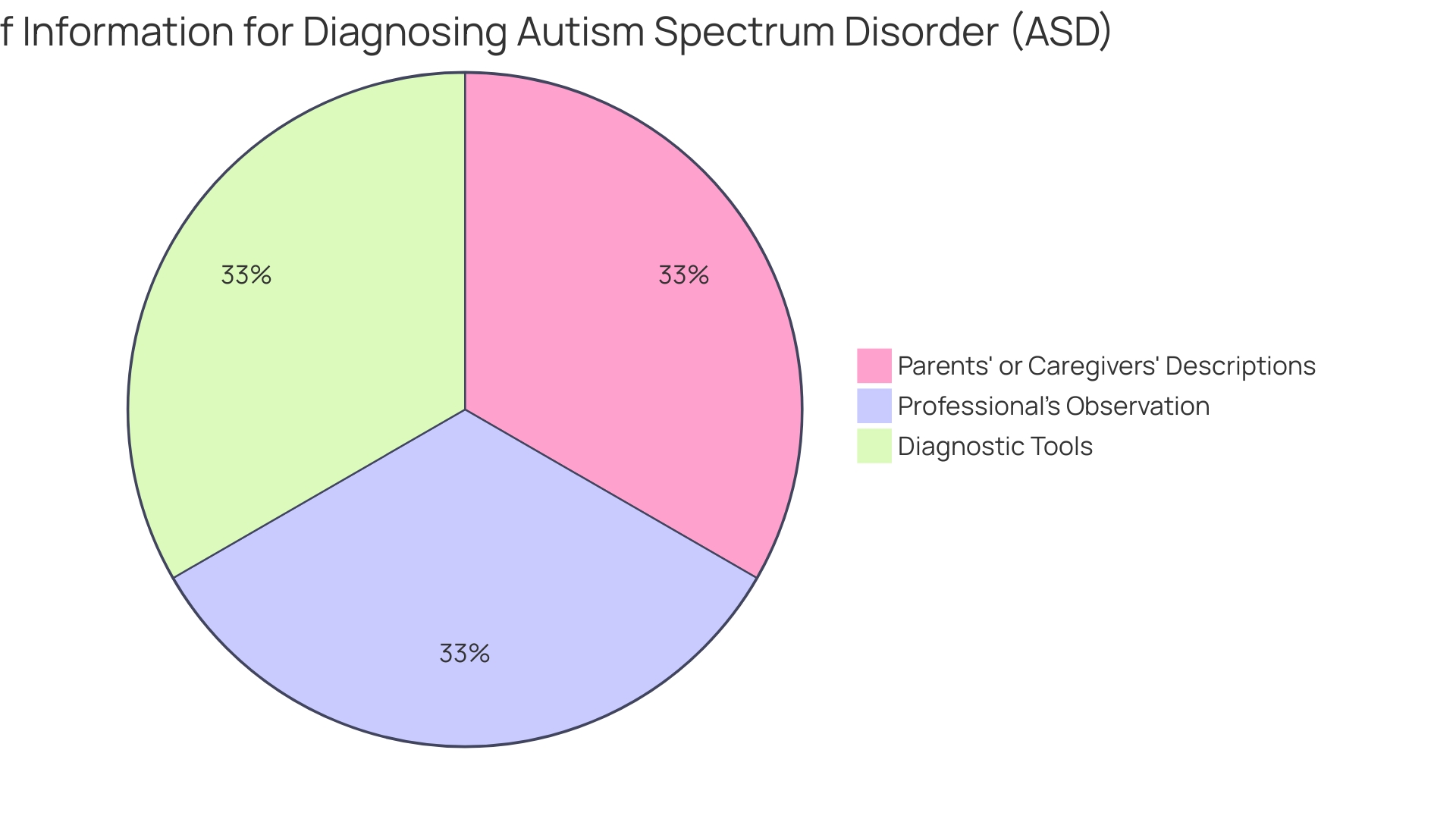
Main Characteristics of Autism
Autism Spectrum Disorder (ASD) is a complex condition, characterized by a multitude of behaviors and often perceived as a 'spectrum' that impacts people uniquely and to varying extents. ASD is characterized by persistent differences in communication, social interactions across various settings, and restricted, repetitive patterns of behavior. For example, some people may face difficulties in comprehending and reacting to social cues, sustaining eye contact, and forming relationships. Communication can be difficult as well, manifesting in delayed language development or atypical speech patterns such as echolalia. Repetitive movements and an exceptional focus on specific interests are also common, alongside a pronounced need for consistency and routine.
Recent investigations into the experiences of individuals with developmental differences reveal that activities like playing Dungeons & Dragons (D&D) can offer significant social advantages. According to research published in the journal Autism, D&D has been shown to bolster confidence and foster a sense of belonging in autistic players. The game's structured social environment and imaginative play challenge the misconceptions surrounding autism, particularly the belief that individuals with ASD are not socially motivated or lack imagination.
On the developmental front, the University of Geneva (UNIGE) has discovered through eye-tracking studies that individuals with autism develop unique attentional preferences rather than following the typical developmental trajectory. These findings highlight the significance of early interventions customized to enhance social attention, aiding in aligning the developmental paths of individuals with autism more closely with their peers. From birth, babies exhibit an innate attentional system that is drawn to faces and movements, fundamental for later social development. However, this instinctual preference for biological movement and social attention may be less pronounced in children with ASD, emphasizing the need for individualized support strategies.
The diverse manifestations of this condition are reflected in statistics, revealing that as many as 1 in 36 people may be on the spectrum. Comprehending the diverse experiences and challenges encountered by people with ASD is crucial, as is acknowledging their potential strengths. For example, some people with ASD possess heightened attention to detail and strong memory skills, traits that can be advantageous in many professional fields.
Ultimately, aiding people with a specific condition entails recognizing and addressing their distinct needs and capabilities. By doing so, we can provide them with the resources and opportunities necessary to live fulfilling lives.
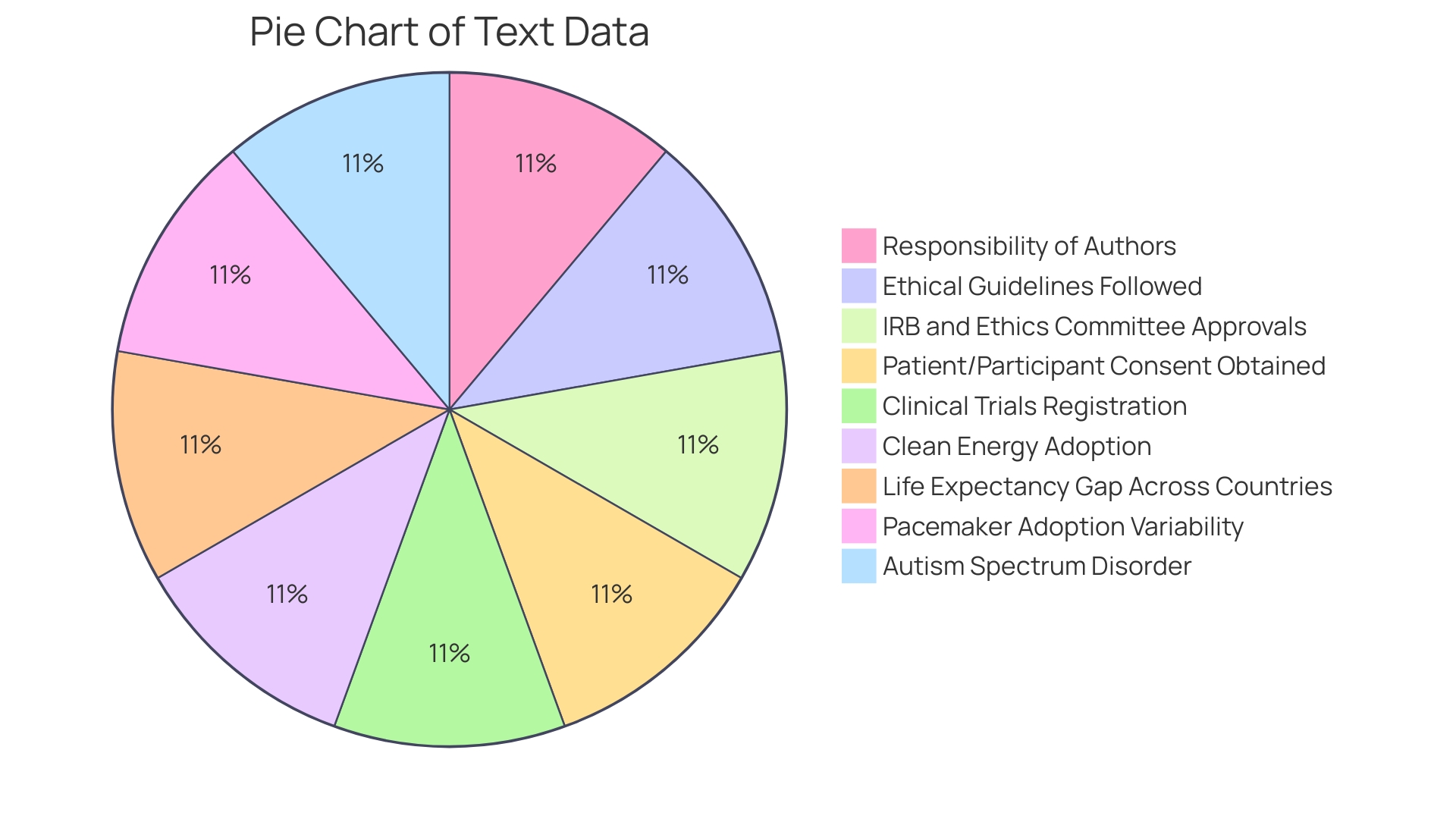
Causes and Risk Factors of Autism
The complex web of elements contributing to the spectrum disorder (ASD) is an area of active research. A consensus among scientists is that both genetic predispositions and environmental influences intertwine to shape the likelihood of an individual being diagnosed with ASD. While specific genes have been identified as potential risk enhancers, it is the interaction with environmental factors that captures attention. These environmental elements can range from prenatal exposure to specific medications or toxins, to early birth or maternal infections during pregnancy. Significantly, concerns regarding vaccines as a cause for the developmental disorder have been extensively investigated and debunked, affirming that there is no credible evidence supporting a link between vaccination and the onset of the condition.
Recent studies highlight the intricacy of the origin of the condition. For example, a study approved by the Danish Data Protection Agency, adhering to all ethical guidelines and without requiring informed consent due to its register-based methodology, contributes to the body of knowledge with its findings. Furthermore, research utilizing extensive databases such as SPARK, which contains information from approximately 30,000 individuals, employs machine learning models to identify patterns that may indicate the presence of a certain developmental disorder. One particular model, AutMedAI, has shown approximately an 80% precision rate in identifying individuals with a specific developmental disorder prior to 24 months of age by examining a collection of 28 parameters, including the age of initial smile and initial brief sentence.
The prevalence of ASD is notable, with studies suggesting that about 1 in every 50 to 60 children is affected. This condition persists throughout a person's life, impacting behaviors, interests, social skills, and communication. The idea of neurodiversity embraces the variations in how people's brains function, recognizing that conditions like autism should be considered as part of the range of human diversity rather than deficits. This point of view is essential to how society comprehends and assists persons with ASD.
In summary, the development of a complex neurological condition is a multifaceted phenomenon, with genetic markers and environmental conditions both playing crucial roles. Ongoing research continues to unravel the complexities of ASD, aiming to enhance the support and resources available to individuals and their families.
Diagnosis of Autism
The journey to comprehend the development of a young individual often leads to the critical process of diagnosing autism, which is a comprehensive effort requiring the combined knowledge of several experts. Pediatricians, psychologists, and speech therapists come together to observe and assess the behavior, communication, and social interactions of a young individual. They gather insights from parents, caregivers, and educators to form a comprehensive picture of the individual's abilities and challenges. Using established diagnostic criteria from authoritative sources like the DSM-5, they assess whether a profile aligns with an autism diagnosis.
The significance of early diagnosis cannot be emphasized enough â it opens doors to early intervention, which is a cornerstone in supporting autistic individuals and their families. Evidence-based clinical support, ideally encompassing at least 10 hours a week with trained clinicians, can significantly improve family dynamics and outcomes for the individual. However, in places like New Zealand, despite government funding, many families report insufficient access to such support, with quality often rated as subpar.
Moreover, the urgency for early intervention is underscored by research linking preverbal social communication skills, such as joint attention, to later language development. By emphasizing on these fundamental social communication skills, interventions aim to promote reasons for young individuals to communicate, preparing them for future verbal interactions.
Despite the recognized benefits, obtaining a timely diagnosis remains challenging. Studies have shown that the diagnostic journey can stretch from three to four-and-a-half years, with females often facing longer waits than males. This delay is not only distressing for families but can also impede access to critical early interventions.
Recent advancements in diagnostic methodologies show promise in expediting this process. For example, employing extensive datasets and machine learning, researchers have developed models like 'AutMedAI', which boasts an impressive 80% accuracy rate in identifying a developmental disorder in children under two years old. This tool, which considers a variety of easily accessible parameters, could revolutionize early detection and support.
Autism diagnosis is not just a clinical label; it often brings a profound sense of self-understanding and acceptance for individuals. As awareness expands, so does the recognition of diverse presentations of the condition, especially in those who may have 'masked' their traits until adulthood. As we keep improving our comprehension and strategy towards the condition, it's evident that precise, prompt diagnosis combined with efficient early intervention remains an essential objective, one that can alter the course of a young individual's life for the better.
Screening and Assessment
Diagnosing Autism Spectrum Disorder (ASD) is a nuanced process that requires a combination of parental insights and professional observations. The Diagnostic and Statistical Manual, Fifth Edition (DSM-5) provides a standardized framework for diagnosis, but no single assessment tool should be relied on exclusively. Instead, a holistic approach, employing a variety of techniques such as interviews and observations, is essential. These tools evaluate the progress of a young individual's development, communication abilities, and social skills. Specialists may be involved for a comprehensive assessment, which is crucial for early intervention and can significantly alter developmental trajectories.
Geraldine Dawson, a prominent authority in the discipline, highlights the intricacy of a condition with a range of behaviors not always found in all children. Advanced tools like SenseToKnow utilize technology, monitoring eye movements, facial expressions, and motor skills, to provide a more accurate representation of individuals with autism spectrum disorder. These innovative screening methods use artificial intelligence to analyze data gathered from multiple sensors, without the need for specialized equipment. This approach reflects the diverse manifestations of a developmental disorder and aids in early detection, which is vital for effective intervention.
Research and new initiatives continue to enhance assessments for individuals with autism spectrum disorder. For instance, the OVAAT study is evaluating an online tool designed to facilitate diagnosis during challenging times, such as lockdowns, and includes considerations of a child's inner world and experiences. The US Preventive Services Task Force (USPSTF) advocates for preventive services that are evidence-based, with the goal of improving nationwide health outcomes. By integrating early screening for the condition into routine pediatric visits, we can identify signs of autism sooner and provide timely support to those affected.
Ultimately, early diagnosis is a gateway to early intervention, which can lead to optimal outcomes. Understanding that autism is influenced by a combination of genetic and environmental factors, researchers like Naviaux are uncovering the dynamic interplay that shapes the onset of ASD. Through these collective endeavors, we strive to empower individuals with ASD to achieve their maximum capabilities, with the aspiration that a notable proportion can live autonomously in their adulthood.
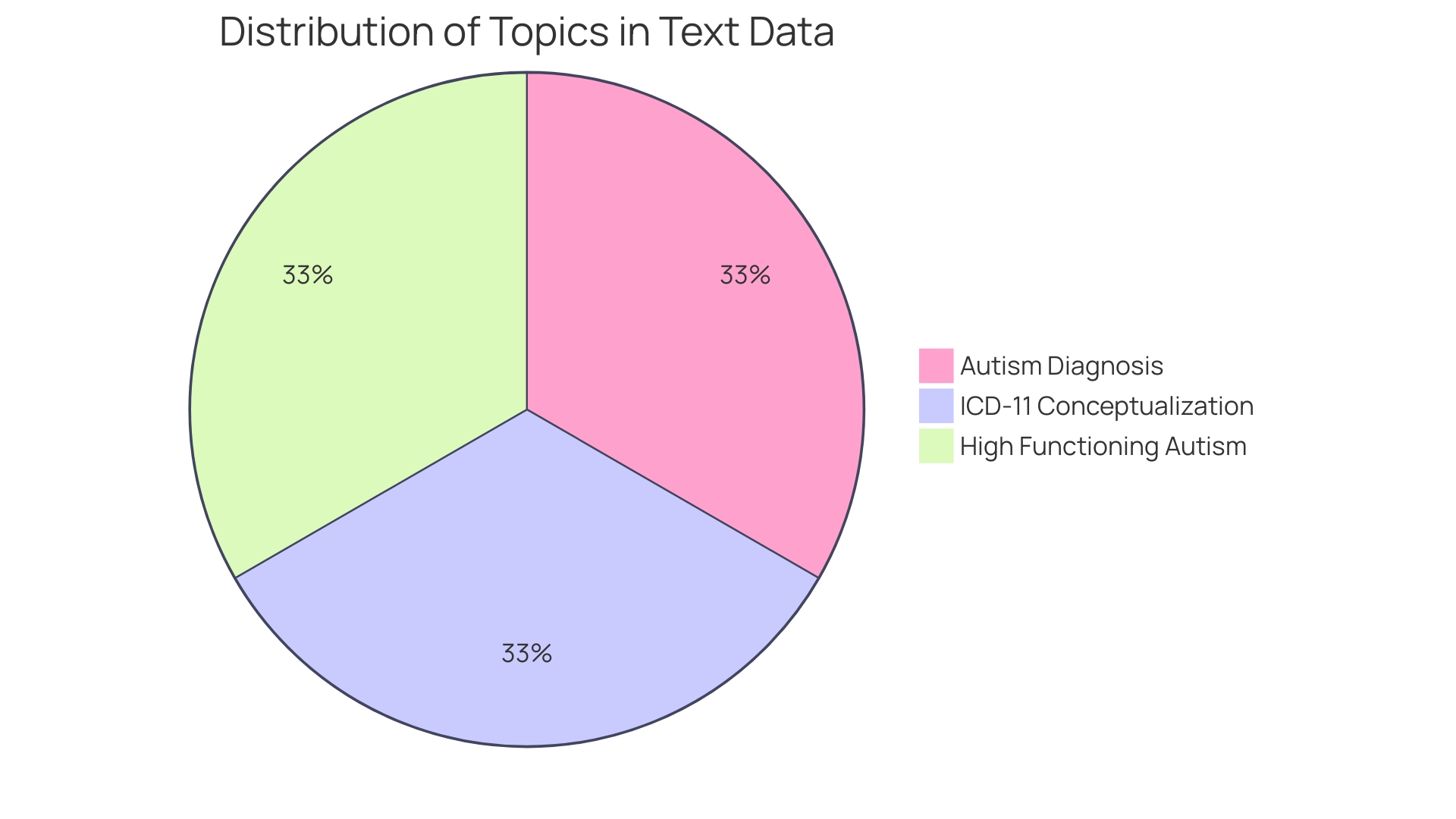
Common Symptoms at Different Ages
Autism Spectrum Disorder (ASD) presents a diverse array of symptoms that vary widely among individuals and across different life stages. For instance, infants may show early signs such as reduced eye contact, indifference to their names being called, or a delay in communicative gestures and babbling. These are important developmental milestones to monitor.
As individuals progress from infancy to becoming toddlers and reaching preschool age, parents may observe more noticeable symptoms such as difficulties participating in pretend play, delayed speech, a tendency for repetitive actions, resistance to changes in routine, and challenges in forming social connections. These behaviors can be telling indicators of ASD and suggest the need for further evaluation.
When children reach school age, the intricacy of social connections grows, which can amplify the visibility of ASD symptoms. Individuals of school age and adolescents with ASD may find it difficult to establish and sustain friendships, possess intense interests in highly specific topics, encounter difficulties in organization and planning, and face challenges in understanding social nuances.
Groundbreaking research, such as the study published in the Journal of Personalized Medicine, underscores the variability of ASD. A notable case study of 4-year-old dizygotic twins diagnosed with 'level 3 severity' ASD highlighted the success of personalized, non-drug interventions in reducing the number and severity of symptoms. This research emphasizes the need for individualized approaches to ASD support.
Moreover, advancements in early detection are promising. A comprehensive study utilizing a machine-learning model called 'AutMedAI' successfully identified around 80% of individuals with autism from a database of roughly 12,000 subjects. This model analyzed 28 parameters easily accessible before an individual reaches 24 months of age, demonstrating the potential for early and accurate diagnosis.
With 1 in 45 adults in the U.S. diagnosed with ASD, it's clear that ASD is a lifelong condition that does not merely affect children. Adults with ASD may experience challenges with social communication and exhibit restricted and repetitive behaviors. Furthermore, adults on the spectrum may face co-occurring physical and mental health conditions, emphasizing the importance of comprehensive care and support throughout one's lifespan.
Understanding these symptoms and their manifestations at different ages is crucial not only for early intervention but also for adapting support strategies to meet the evolving needs of individuals with autism spectrum disorder.
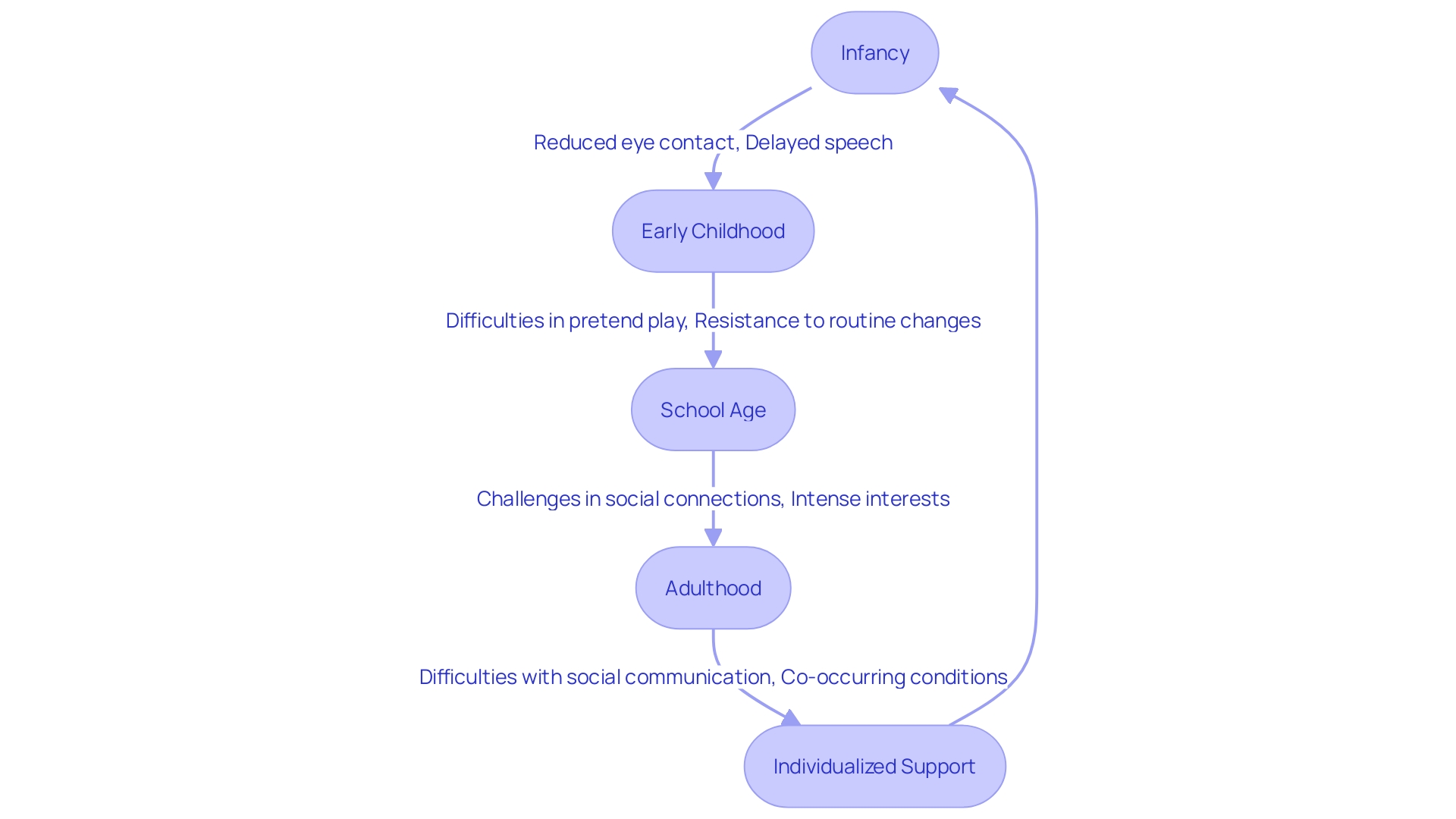
Treatments and Therapies for Autism
Assisting people with ASD requires a comprehensive strategy, encompassing diverse interventions and therapies designed to promote growth and improve overall quality of life. Applied Behavior Analysis (ABA) is a cornerstone intervention, distinguished by its evidence-based approach to modifying behavior. ABA's effectiveness is underscored by new practice guidelines released by the Council of Autism Service Providers, ensuring high-quality implementation for impactful outcomes.
In concert with ABA, speech therapy offers a pathway for improved communication, essential for social and professional engagement. Given that only about 30% of autistic adults are employed, compared to 80% of non-disabled peers, improving communication skills is a critical step towards closing this gap and unleashing the complete potential of autistic people in the workforce.
Occupational therapy plays a complementary role by addressing sensory and motor skills, which can be pivotal for day-to-day functioning and independence. The significance of the therapy is magnified by the understanding that each person with a condition characterized by challenges in social interaction and communication has unique needs that require personalized interventions, which may include training for social skills and cognitive behavioral therapy.
Educational interventions are also customized to individual needs, reflecting the diverse capabilities of individuals with the condition. As research progresses, the definition and treatment of spectrum disorders expand, acknowledging the broad spectrum of intelligence and abilities found in this population.
A collaborative effort with professionals to create an individualized treatment plan is essential. By doing so, the community of individuals with autistic traits can anticipate a future where their abilities are acknowledged and appreciated, as indicated in the ambitious objective set by a recent review to enhance the employment rate of individuals with autism spectrum significantly within the next five years.
The Importance of Support and Resources
The well-being of individuals with a developmental disorder hinges on the support and resources available to them and their families. Engaging in support groups, parent training programs, and accessing community resources provides a lifeline for navigating the intricacies of individuals with autism. Significantly, timely support services like early childhood education and diverse therapies establish the foundation for children with developmental challenges to enhance crucial abilities and flourish to their maximum potential.
Autism, a lifelong journey, requires continuous learning and adaptation. Just as treatments and medications evolve, so must our approach to supporting individuals with autism spectrum condition. It's crucial for caregivers to grasp the nuances of their child's medications and therapies, weighing the benefits against potential risks while being vigilant of behavioral shifts. The internet, a repository of information, demands discernment to sift through misleading narratives and to identify valuable insights that align with expert advice.
The discussion surrounding individuals on the spectrum is moving towards empowering them to confidently embrace their identity. Being 'Autistic' is more than a label—it's an integral part of one's identity that enriches the community with diversity and perspective. It's a call to celebrate neurodiversity, acknowledging the distinctive strengths and talents that individuals with autism spectrum disorder bring to society.
Efforts like the Kevin and Avonte Program showcase focused initiatives to address particular facets, such as wandering and elopement, of individuals with autism. By providing grants to local programs, this initiative underscores the importance of community involvement and proactive measures to safeguard individuals with developmental disorder.
Moreover, the recent expansions in Medicaid coverage under the HCBS Rule demonstrate a societal commitment to ensuring that individuals with autism spectrum disorder receive the support they need. These changes highlight a growing recognition of the disparities in services and the importance of inclusive healthcare.
Statistics reflect that identity development is a pivotal aspect of adolescence and early adulthood, a phase marked by introspection and self-discovery. For individuals with the condition, integrating this identity into their personal and social spheres is a profound journey that influences life choices and fosters a sense of belonging within the autistic community.
In essence, supporting individuals with autism is about more than just providing services—it's about nurturing an environment where they can lead fulfilling lives, assert their identity, and contribute to the fabric of society with the richness of their diversity.
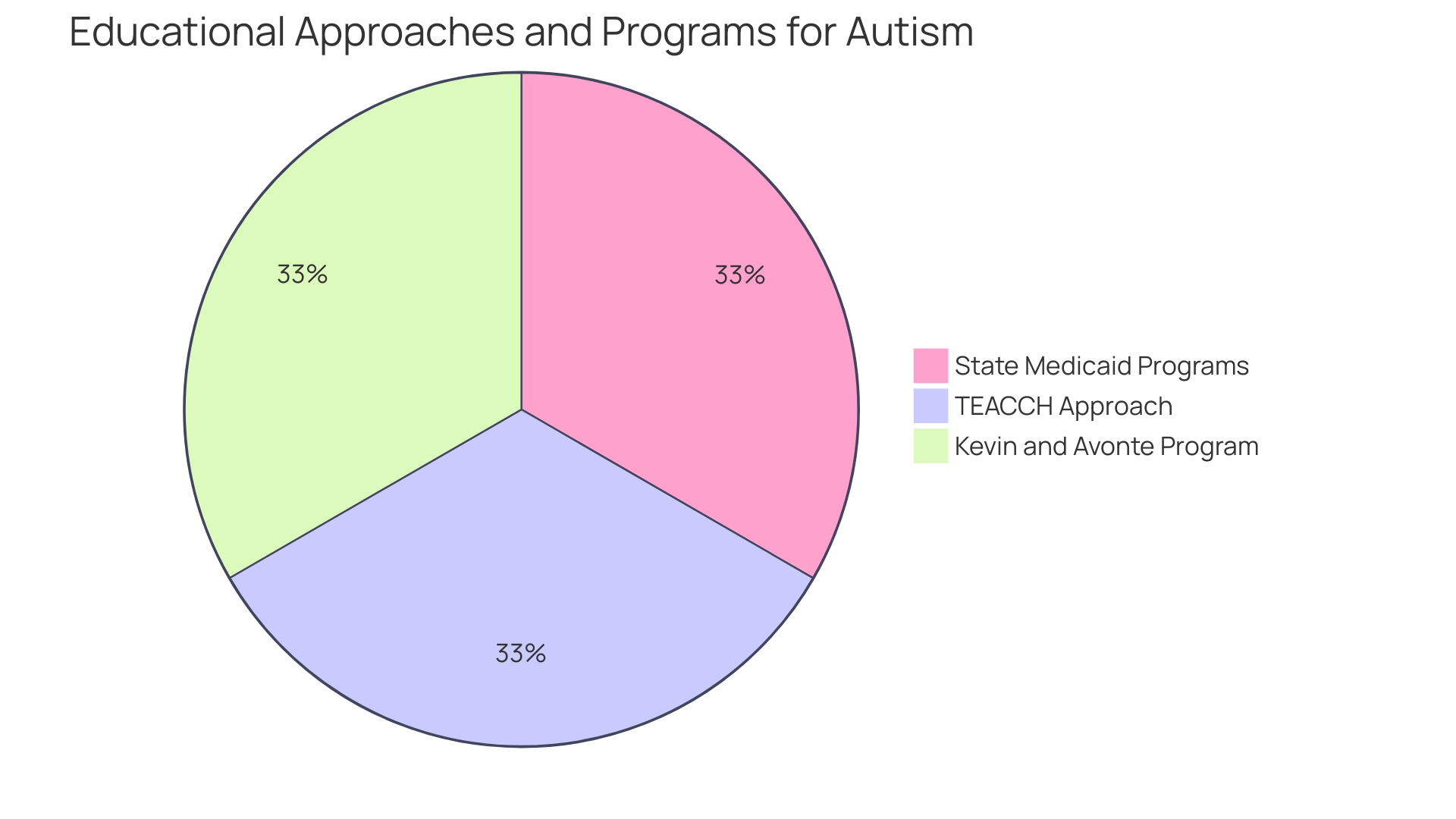
Conclusion
In conclusion, understanding and supporting individuals with Autism Spectrum Disorder (ASD) is an ongoing journey that requires collaboration, empathy, and a commitment to providing personalized care and interventions. Early recognition and diagnosis are crucial for paving the way for specialized interventions that can make a significant difference in a child's developmental journey. Groundbreaking research and advancements in predictive analytics and AI technologies offer hope in anticipating behaviors and improving interventions.
Efforts like the Kevin and Avonte Program and state Medicaid plans play a vital role in addressing specific challenges and providing care and services to the autism community. These initiatives highlight the dedication to addressing unique needs and ensuring inclusive healthcare for individuals with autism.
Throughout the article, inspiring stories of adaptation and resilience within the autism community were shared. Autistic individuals have shown remarkable capacity to adjust and thrive, developing compensatory strategies to navigate a society not designed for them. It is crucial to celebrate their strengths and talents and provide them with the resources and opportunities necessary to live fulfilling lives.
Supporting individuals with autism involves a multifaceted approach, with treatments and therapies like Applied Behavior Analysis (ABA), speech therapy, occupational therapy, and educational interventions playing crucial roles in fostering development and enhancing well-being. Engaging in support groups, parent training programs, and tapping into community resources is vital for navigating the intricacies of autism and continuously learning and adapting as caregivers.
As awareness grows, so does the recognition of diverse presentations of autism. The narrative is shifting towards empowering individuals with autism to embrace their identity confidently, celebrating neurodiversity and recognizing the unique strengths and talents they contribute to society.
In summary, understanding and supporting individuals with autism requires collaboration, empathy, and a commitment to providing personalized care and interventions. By working together, we can navigate the complexities of autism, advocate for support, and ensure the well-being of those within the autism community.




